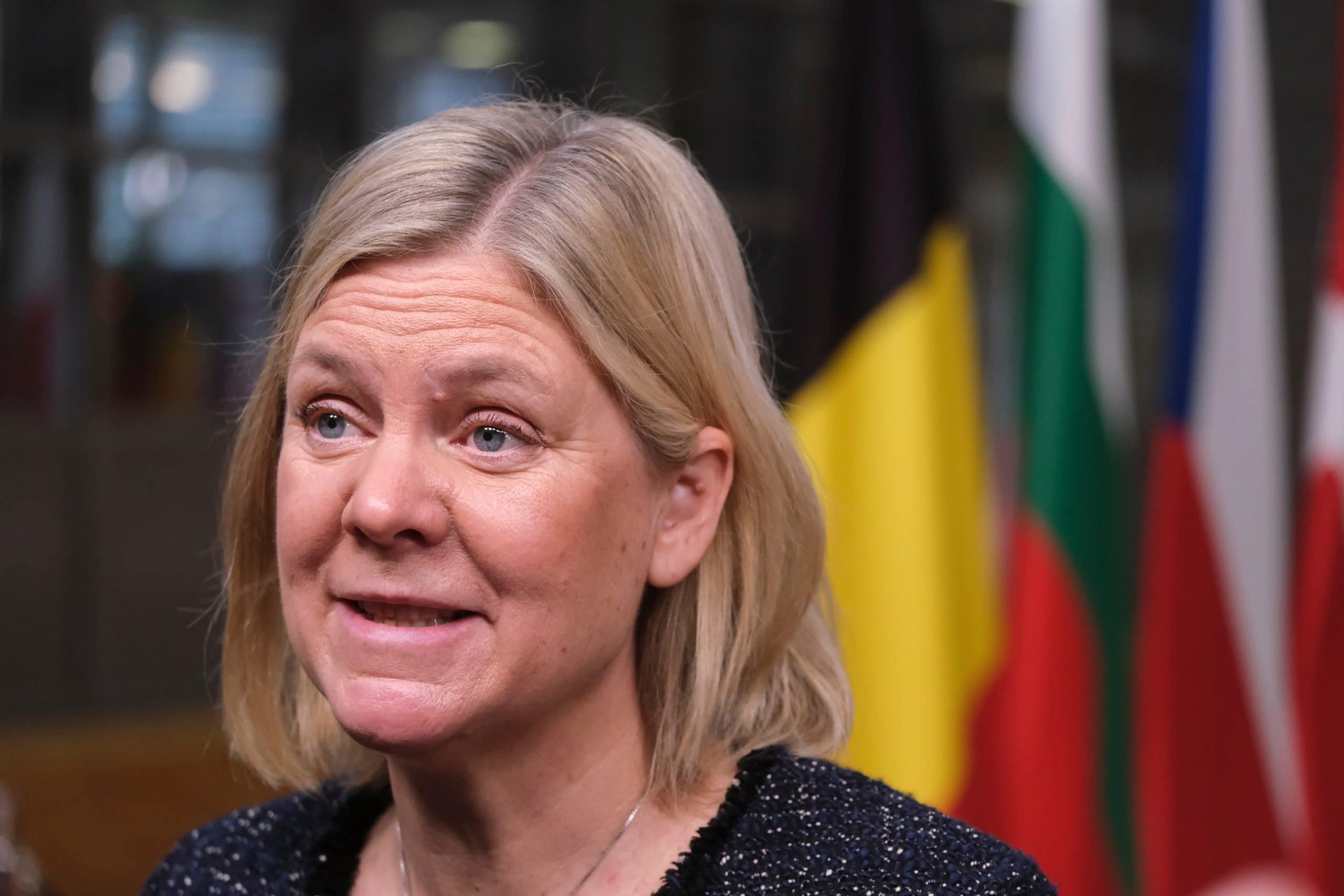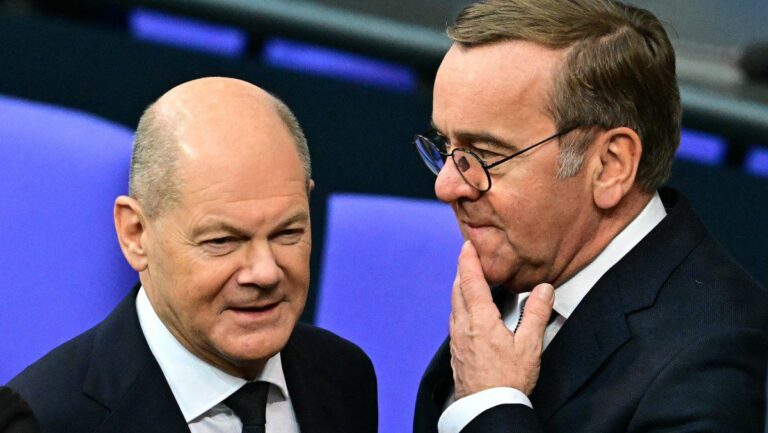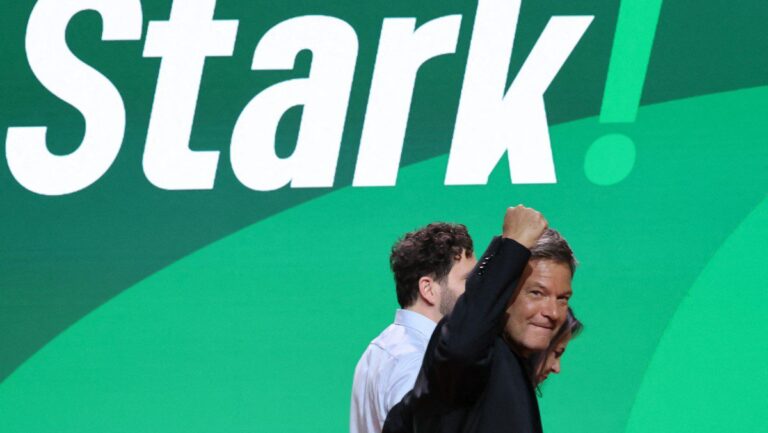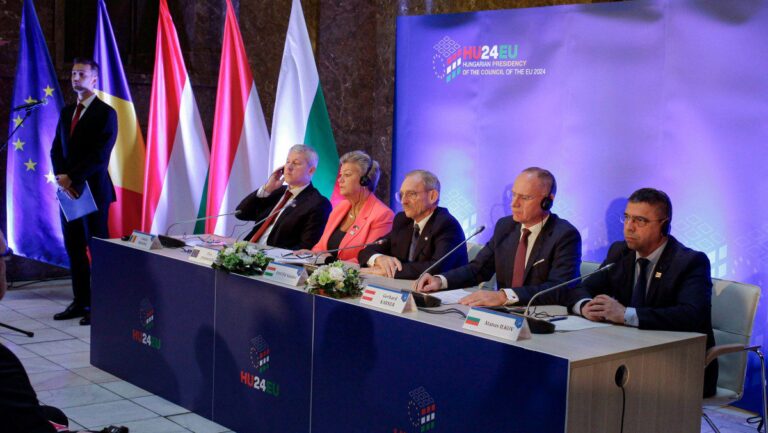On Friday February 18th, Swedish Prime Minister Magdalena Andersson explained that in the event of a Russian invasion of Ukraine, Sweden will “not be a major recipient” of Ukrainian refugees. Her statement came on the heels of reports that, according to the Christian Science Monitor,
Countries in Eastern Europe are making preparations for potentially hundreds of thousands of people fleeing Ukraine if the crisis with Russia escalates, with some Polish towns already listing places available and Romania considering refugee camps.
Unlike the large wave of refugees coming to Europe in 2015, the Swedish prime minister explains, this time other countries would have to take greater responsibility. Having discussed the possibility of a wave of Ukrainian refugees, Ms. Andersson appeared to favor a policy where the European Union imposes refugee quotas on member states.
Sweden has a recent history of significant refugee immigration. In the past three years, the country has accepted 41,000 refugees, including family members. In 2016, at the height of the asylum-seeker wave of the 2010s, Sweden accepted 71,571 individuals under the Geneva convention refugee definition.
A refusal by the Swedish government to accept Ukrainian refugees would be an about-face from the last war on European soil. In 1991-93, the first three years of the Yugoslav wars of the 1990s, Sweden received approximately 111,000 asylum seekers from the Balkans. They accounted for 73% of all refugees that Sweden received during that time.
Prime Minister Andersson has been criticized for her apparent hostility to Ukrainian refugees. In a Twitter statement, Mr. Jan Ericson, Member of the Swedish Parliament for the center-right moderate party, expressed a preference for asylum seekers from Europe rather “than people from the other side of the planet” with significant cultural differences.





